British shorthair cat
Naturally evolving breed.

| Country of origin | Great Britain  |
| Wool type | Shorthaired |
| Difficulty leaving | |
| Lifestyle | Lazy |
| Height at the withers | 28-33 cm |
| Adult pet weight | Cat 5-7 kg Cat - 7-10 kg |
| Health | |
| Life span | 14-17 years old |
History
The first mentions of this breed are found in ancient chronicles. There is no documented information about their origin. The first very large cat-rat-catchers were brought in by the Roman centurions. Researchers speculate that the cats were introduced by the Romans during the attack on the British Isles in AD 43. NS. In Britain they received the name "British cat", in France - "Chartez", in Germany - "Cartesian cat".
The animals were used as hunters for rodents, but by the end of the 16th century, breeders were paying attention to the appearance of cats. The British attended the first London cat show in 1871. Then the official breed standards were adopted, and felinology began to develop rapidly.
In Russia, the first British appeared in 1992, along with card readers, which are now called "the old type of British" in Russia.
To consolidate the unique traits of the British, breeders used Persian cats - therefore, British cats have a slightly flat muzzle.
Description of the breed
The physiology and appearance of the British was formed at high humidity in a cold climate, therefore this breed has a dense short coat that protects from cold and moisture.
Since British cats are excellent hunters, they are strong, hardy and unpretentious in food.
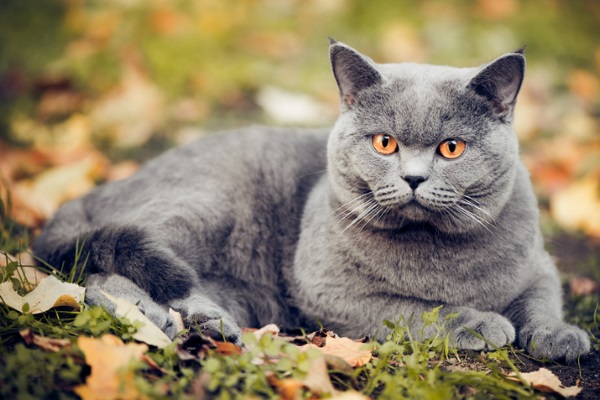
The breed standard describes Britons as follows:
- The head is with a wide skull, round. The cheeks are developed, the cheekbones are wide, the muzzle is flat and round.
- The nose is wide, straight and short.
- Ears are rounded and small, set wide and low.
- The eyes are round, at a great distance from each other, which exceeds the width of the nose.
- The body is massive, with a developed chest and good muscles.
- The limbs are powerful but short. Rounded feet.
- The tail is thick.
- Weight - cats weigh 10-13 kg, and cats from 6 to 9 kg.
The coat protects cats well from the cold due to the developed undercoat. It does not adhere to the body, thick and plush to the touch.
Long-haired Britons are sometimes found. A recessive gene is responsible for the elongated coat, so a long-haired kitten cannot appear in ordinary parents.
People often confuse British and Scottish cats : some even seriously think that there is such a breed - the Fold British. The two different breeds should not be confused.
- A solid color is considered if the skin, undercoat and the coat itself are of the same color, and there is not a single speck.
- Lilac is a combination of pink and blue. The nose and legs are purple. The eyes are copper or orange.
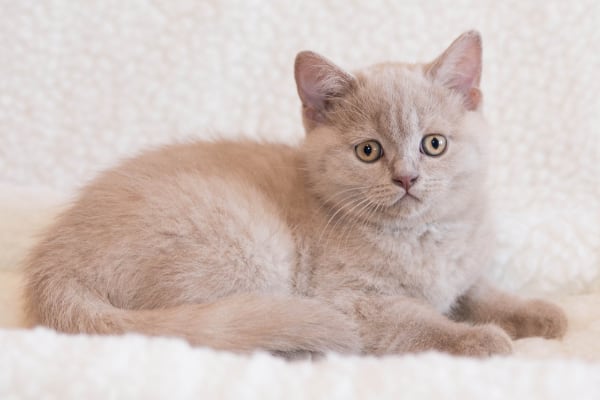
- Chocolate is a rich brown color.
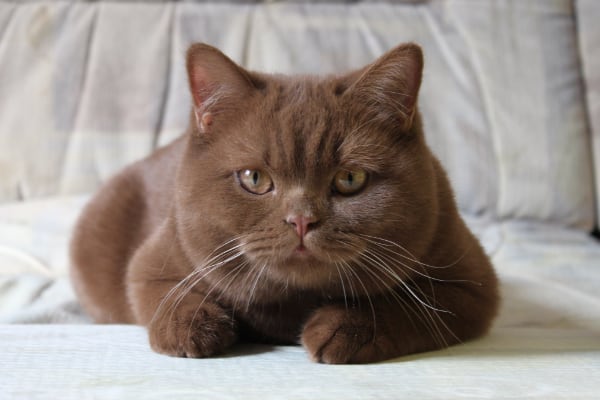
- Black is jet black. Sometimes kittens are born with black hair, but over time it fades. This adds complexity to breeding black pets.
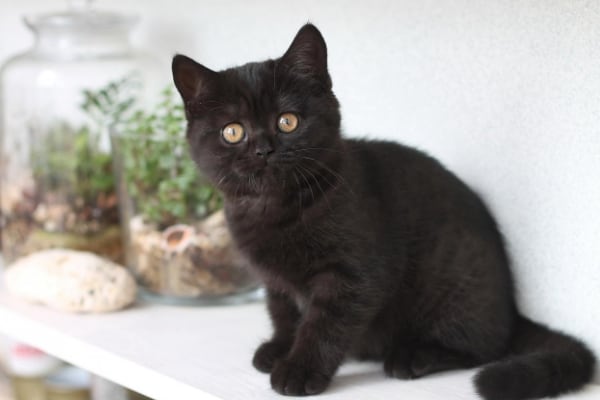
- White - pinkish skin and cool coat tone. Yellow spots are unacceptable.

- Cinnamon - the color of cinnamon, similar to light brown.

- Fawn is a combination of creme brulee and pink colors.

- Lilac is a combination of pink and blue. The nose and legs are purple. The eyes are copper or orange.
- Smoky. In this case, the pet's undercoat is lighter than the coat.

- Silver chinchilla. The coat is silvery, slightly shaded.

- Gold. At 1/8 of the length of the hair, the pigmentation is darkened, and the rest is golden. In this case, there should be no gray shades. The paw pads are usually black, and the eyeliner and nose are dark.

- Tortoiseshell. These are 2 or 3 shades, evenly distributed over the coat. There is no pattern on shades with red and beige wool. The eyes are orange or copper. This color is only found in cats.

- Tabby. This color is characterized by patterns: spots and stripes.
- Marble / Classic - Dark spots or stripes on light sides. Eyes - copper with dark eyeliner.

- Whiskas - silver color predominates. On the back of the cat there are bright continuous stripes. Eyes - yellow-orange with dark eyeliner.

- Red (cream red) color. Brown streaks all over the body. The eyes are golden.
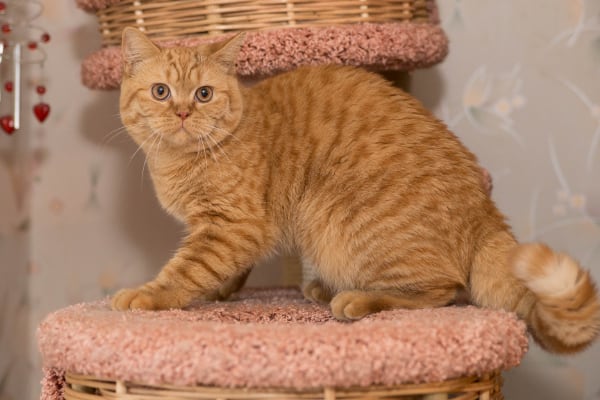
- Marble / Classic - Dark spots or stripes on light sides. Eyes - copper with dark eyeliner.
- Paired spotted colors:
- Bicolor - the predominance of white is not less than 1/3, but not more than 1/2;

- Harlequin - predominance of white at least 5/6;

- Bicolor - the predominance of white is not less than 1/3, but not more than 1/2;
- Color point. It is characterized by two shades of wool with a predominance of white.

- Lynx color. A silvery chinchilla with striped gray legs and a muzzle. Blue eyes.
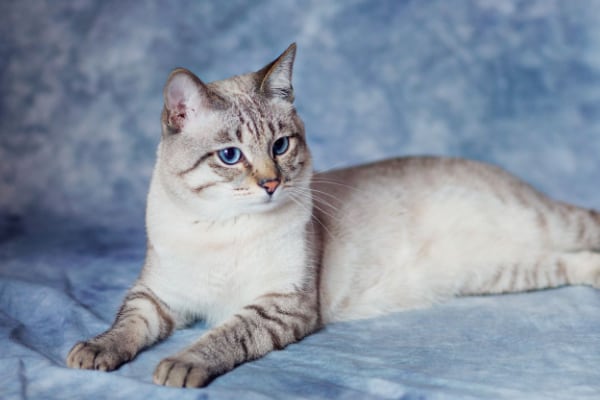
For the long-haired breed, all colors are acceptable, except for white and color-point.
The personality of British shorthair cats
| Activity | |
| Playfulness | |
| Sociability | |
| Gentleness | |
| Friendliness | |
| Intelligence |
British cats are independent, calmly endure loneliness. They do not ask for pens, but they are not insensitive: the British love their owners with restraint, "in a gentleman's way."
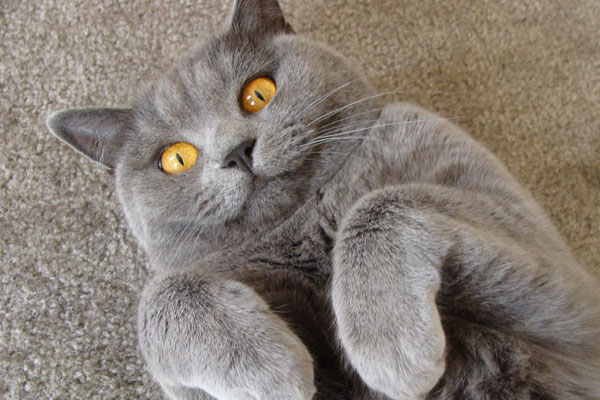
The British avoid strangers and prefer to first watch them from the sidelines. Such pets are unobtrusive, clean and smart. British cats do not use fangs and claws, so they are not dangerous for children.
Features of the content
Despite the natural health of the British, they need proper care.
To prolong the life of your cat, choose the right food. Ideally, you should visit your veterinarian for a healthy diet . Regularly show your pet to the veterinarian: the cat will not complain if it gets sick.
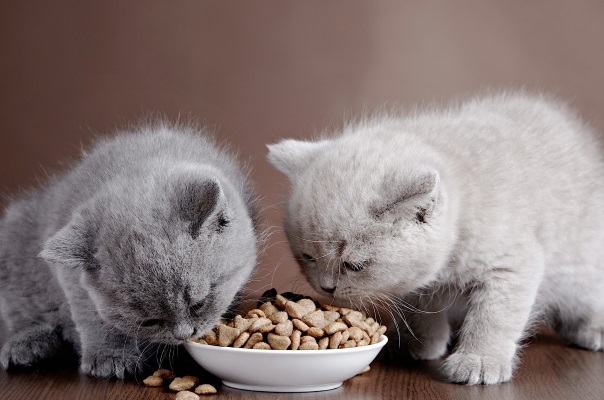
It is not difficult to take care of the coat - get a massage slicker brush and comb the cat 2 times a week. You need to wash the Briton a couple of times a year or if necessary.
oved, and a cotton swab is led from the outer corner to the nose. The ears are examined a couple of times a month and cleaned with a cotton swab treated with a hygienic solution.
You need to examine your pet's teeth every day so that he does not develop tartar. Breeders recommend teaching your Briton to brush your teeth from an early age.
These pets are sensitive to drafts and catch colds easily: protect the cat from drafts.
Photo of British cats
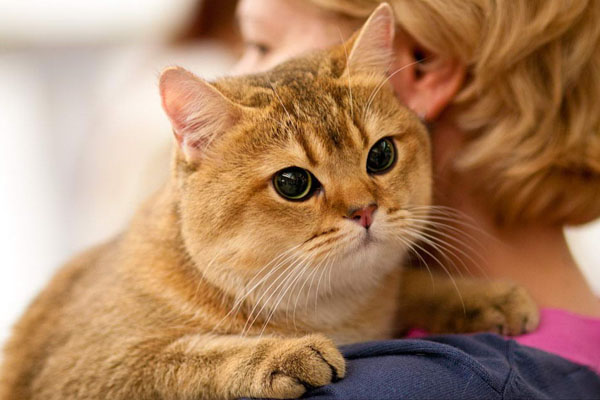
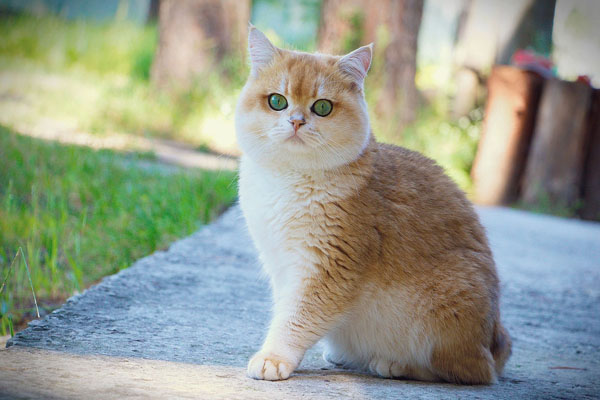
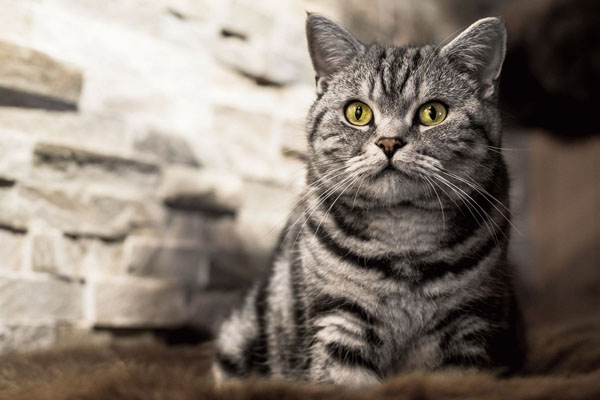
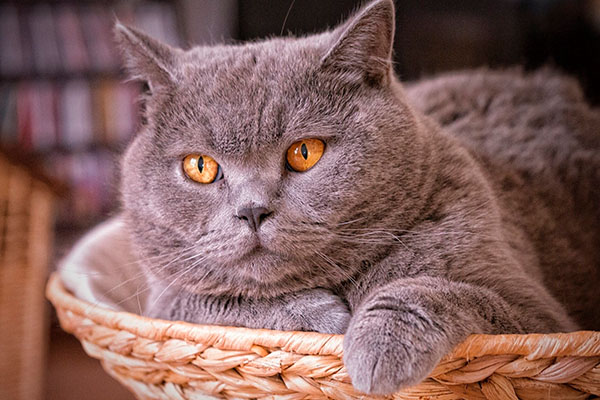
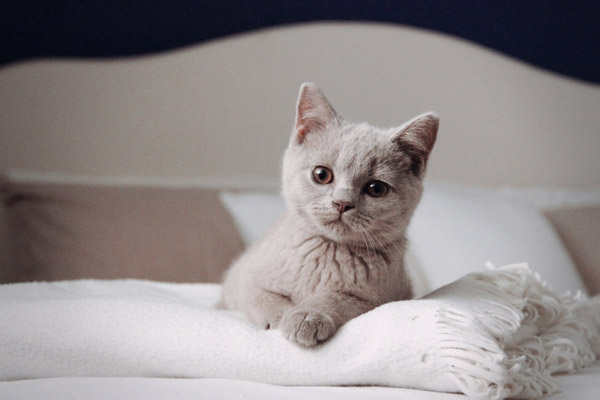
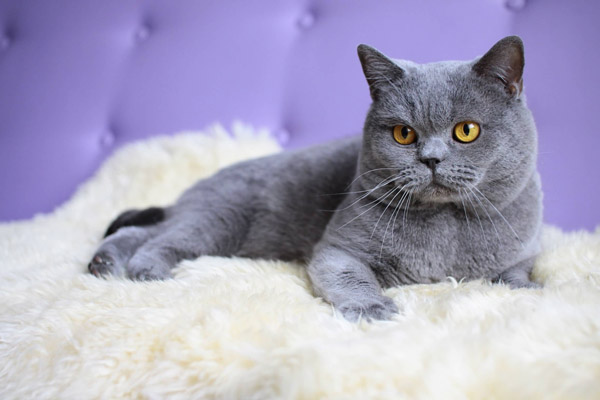

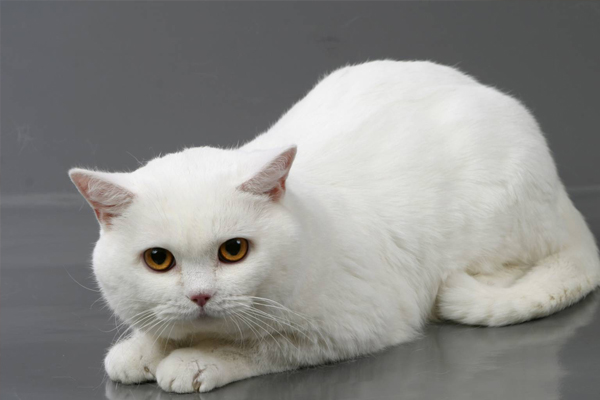
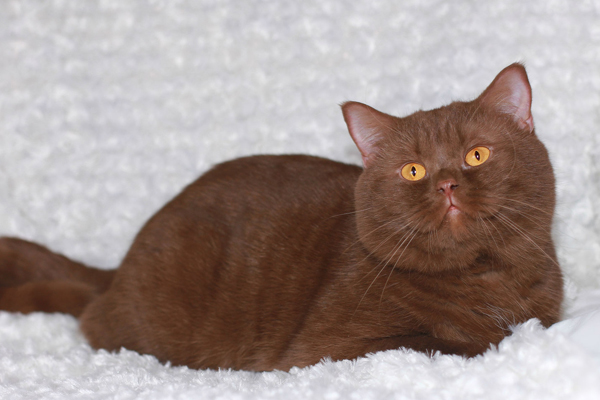
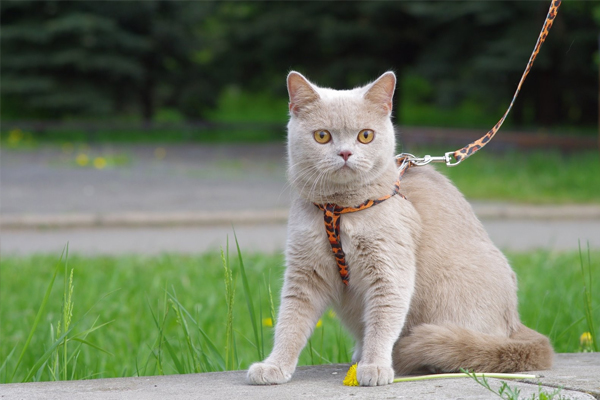
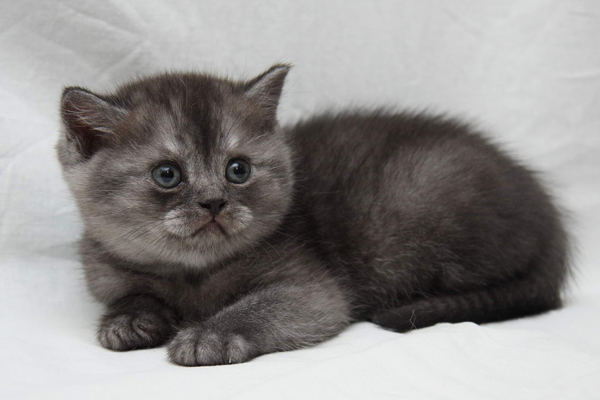
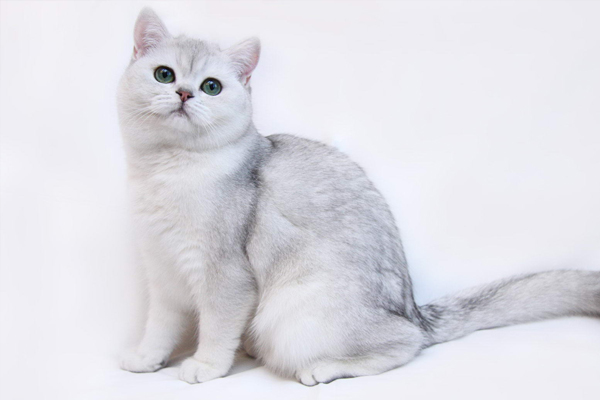
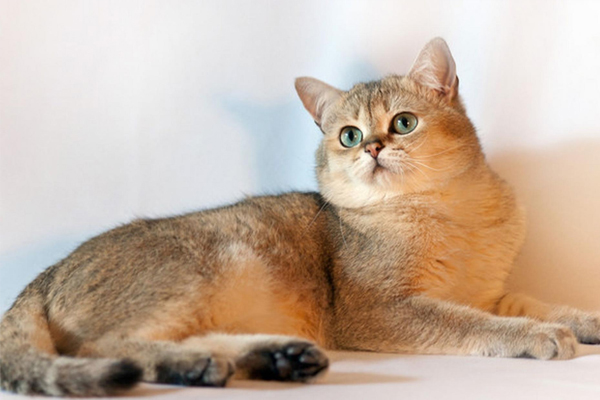
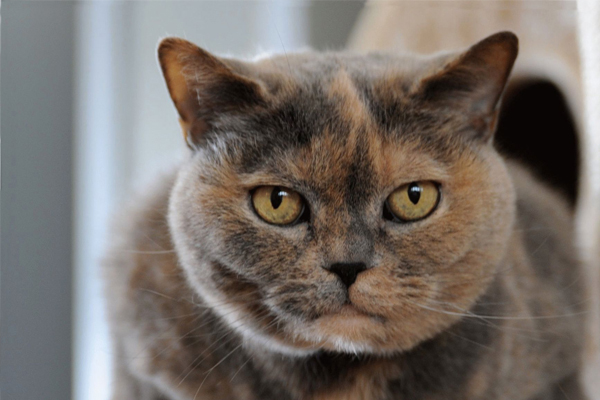
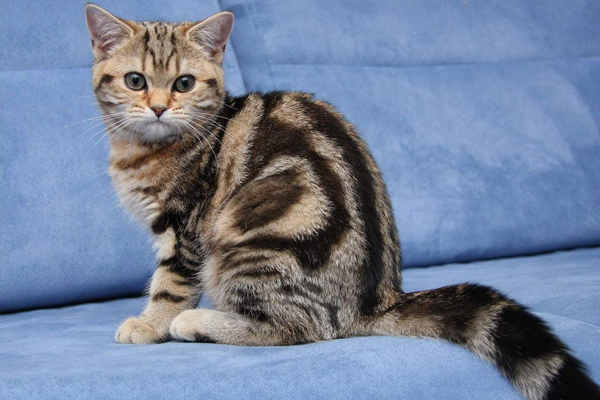
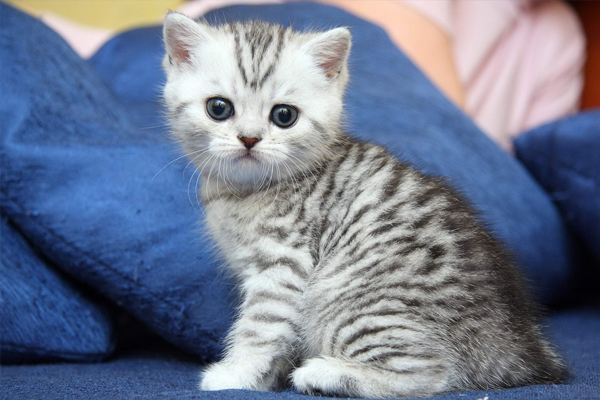
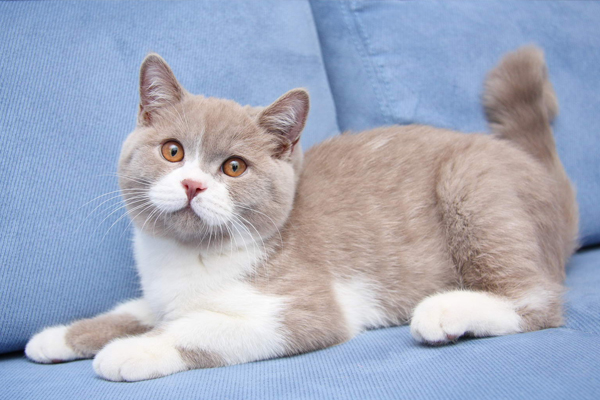
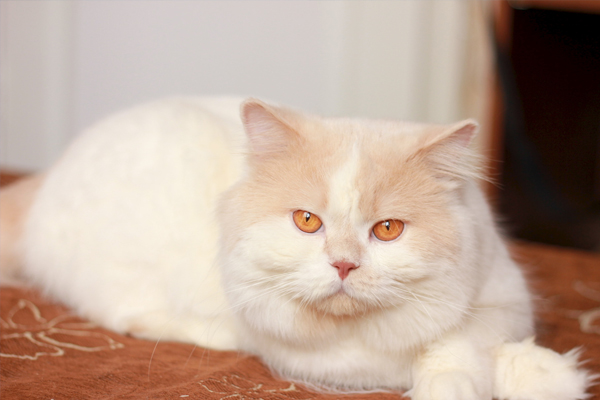
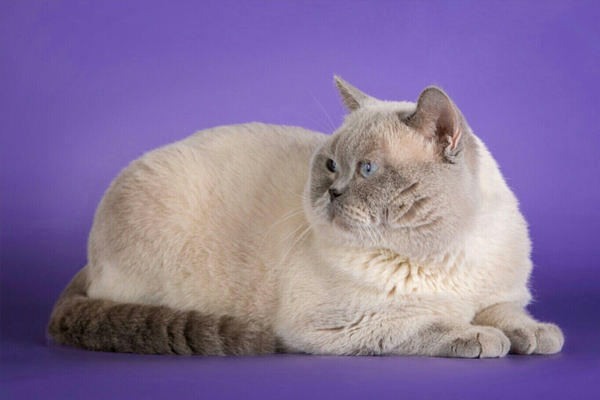
Comments
Post a Comment